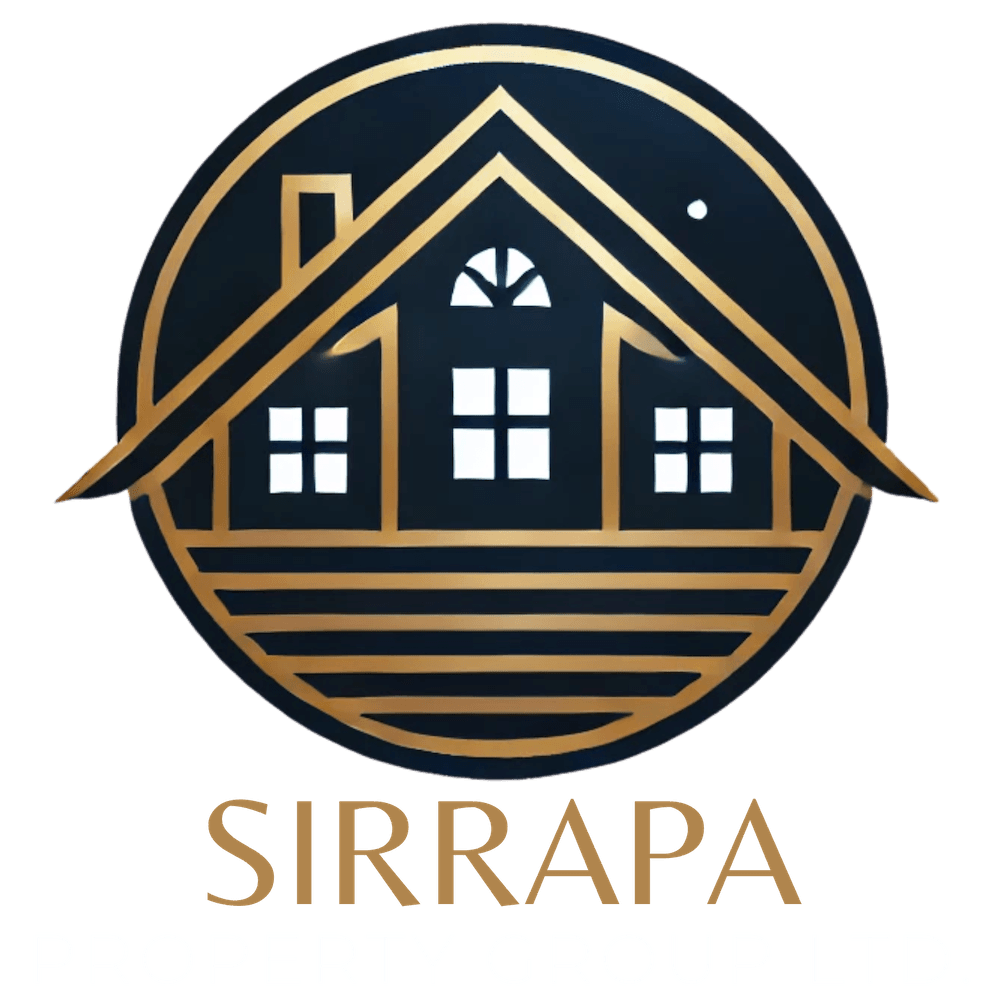10 Benefits of Investing in Mixed-Use Buildings for Sustainable Growth
Understanding Mixed-Use Buildings
Mixed-use buildings are rapidly gaining popularity in urban landscapes. These structures combine residential, commercial, and sometimes industrial spaces within a single development. By integrating multiple uses, these buildings maximize land efficiency and create vibrant communities. Investing in mixed-use developments is becoming an attractive option for those looking to foster sustainable growth in urban areas.

Enhancing Community Engagement
One of the primary benefits of mixed-use buildings is the opportunity they provide for enhancing community engagement. By bringing together various functions in one location, these developments encourage social interactions among residents, business owners, and visitors. The proximity of amenities such as shops, restaurants, and offices ensures that people can easily access what they need, fostering a sense of community.
Boosting Economic Vitality
Investing in mixed-use buildings can significantly boost local economies. These developments attract businesses and retailers by offering high foot traffic and a diverse customer base. As businesses flourish, they create jobs and stimulate economic growth in the surrounding areas. Additionally, the blend of residential and commercial spaces increases property values, benefiting both investors and local governments through higher tax revenues.

Environmental Benefits
Mixed-use developments are a sustainable solution to urban sprawl. By concentrating multiple functions within a single area, they reduce the need for extensive commuting, which in turn lowers carbon emissions. The efficient use of land also helps to preserve green spaces and reduce the environmental impact of urban expansion.
Improving Urban Infrastructure
Another advantage of mixed-use buildings is their ability to improve urban infrastructure. By consolidating different types of spaces, these developments make it more cost-effective to provide utilities and services. For instance, shared parking facilities and public transport access points reduce the need for extensive infrastructure networks, making cities more efficient and livable.

Diversifying Investment Portfolios
For investors, mixed-use buildings offer a diversified portfolio option. These properties generate multiple streams of income through residential rents, commercial leases, and retail sales. This diversification can make them more resilient to economic fluctuations compared to single-use properties. As a result, investors can enjoy more stable returns over time.
Promoting Walkability and Accessibility
Mixed-use developments promote walkability and accessibility by design. With everything from grocery stores to gyms located within walking distance, residents are encouraged to walk or bike rather than drive. This reduces traffic congestion and pollution while promoting healthier lifestyles. Enhanced accessibility also ensures that all members of the community, including those with mobility challenges, can easily access essential amenities.
Creating Vibrant Urban Spaces
The integration of different functions within mixed-use buildings creates vibrant urban spaces that are active day and night. This continuous activity increases safety by ensuring that there are always eyes on the street. It also supports a vibrant cultural scene by providing venues for events, performances, and social gatherings.
